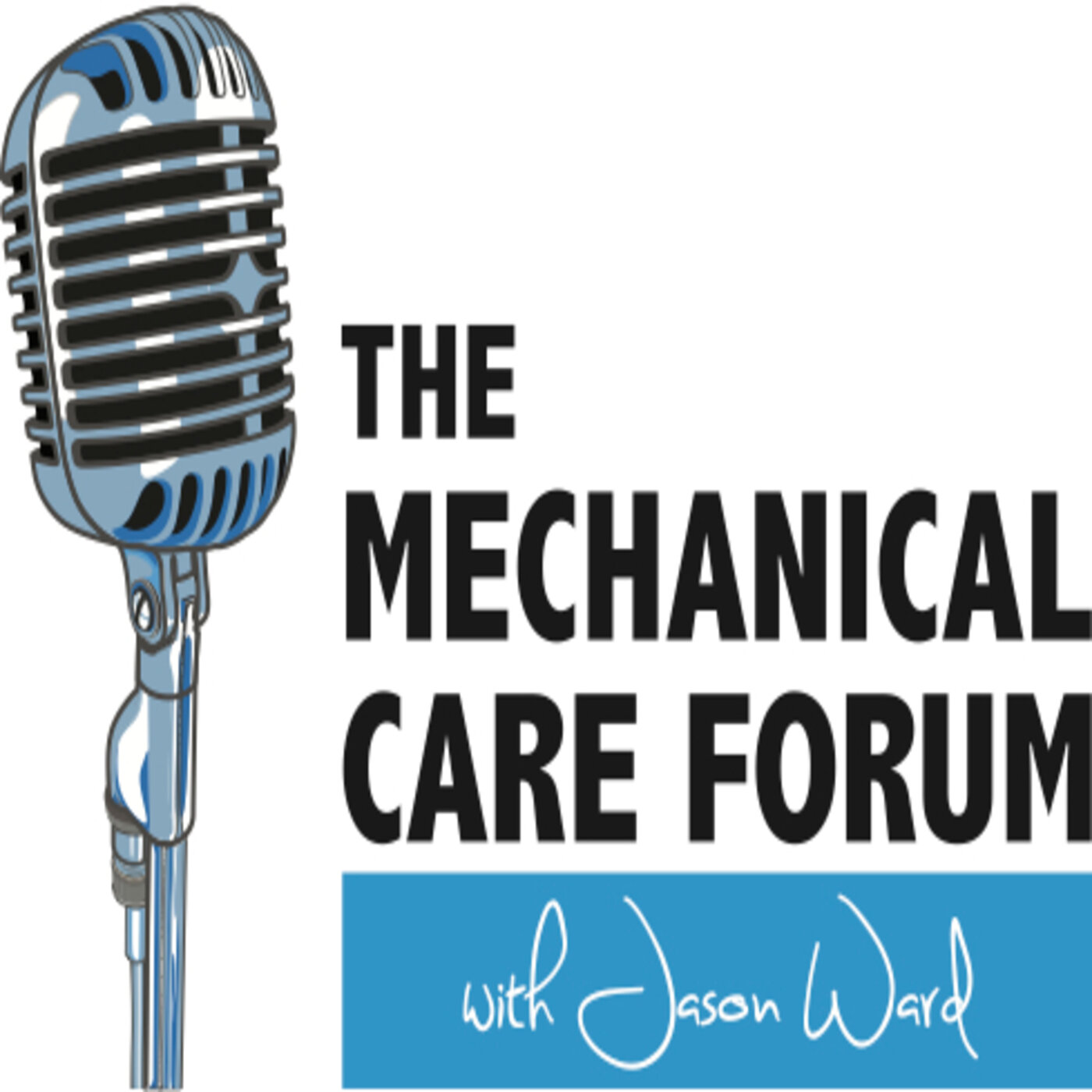Dr. Ron Schenk PT, PhD, OCS, Dip MDT, FAAOMPT
In episode 222 we conclude our conversation with Dr. Ron Schenk of Amherst NY USA. We talk about manual and manipulative therapy, how to become more proficient, the need for various approaches to come to a common language and advice on how to do so. This week on MCF!
Show Notes
(by Toshal Thanawala)
Key for Successful Outcomes
The key for successful outcomes is the correct selection of the technique and force for the patient and his/her symptoms. Expert clinicians can do it intuitively and eventually the thought process is developed into a system which is organized and structured. Initially, it is thought to be anecdotal but eventually over a period of years, supporting research emerges.
Application of Manipulative Techniques
As with any other methods, Ron states that application of manipulative techniques requires practice, time, confidence and feedback to improve skills. The most important for proper application is the psychomotor skill of speed for delivering an effective thrust along with proper patient selection.
Patient Selection
Ron talks about internal and external locus of control in patients and the questions in history that will help the clinician determine proper approaches for each patient. Those with an external locus of control, have a tendency to be dependent on the clinician and hence, it is better to exhaust patient potential for self-treatment before considering hands on techniques. The opposite is true for those with an internal locus of control and in Ron’s experience, they seem to do better with either hands on or off approach.
Patient “buy in” is important too for patient compliance and eventual outcomes.
Managing Nonresponsive Patients
Expanding on patient selection, Ron talks about patient presentations where management needs to be altered and needs to be reached beyond a particular school of thought. In one school of thought, those that are thought to be hyper mobile need to be treated with stabilization, which can be comparable to MDT as providing postural re-education to maintain reduction. He believes, that with different schools of thought there are many similarities and overlap of characteristics and ultimately, we need to base management on movement and direction.
Future of Manual Therapy
Even though right now, there is a lack of common language between different schools of thought, Ron believes that with institutes like APTA we can achieve the vision. If a dialogue can be initiated in a positive direction between various leaders of different approaches, we as the physical therapy profession can achieve the vision of being recognized as “movement specialists”.
Parting Advice
Ron believes that he is biased towards the McKenzie approach, but his advice is that of developing a strong foundation for exploring directional preference and directions for centralization to be a good starting point for a musculoskeletal physical therapist.
Helpful Links
To know more about the Daemen Fellowship Program or the McKenzie Orthopedic Program, get in touch with Ron
email: rschenk@daemen.edu
We hope to deliver this content to the committed professional who wants to improve his/her care and we hope to do it in a way that is easily accessible, the world over, in today's technological age.
To contribute:
Give a 5-star review on iTunes;
Share EP #222 with a friend; and/or
Connect with us on the Spotify MCF Podcast and MCF Instagram page!
Thanks for your support!

